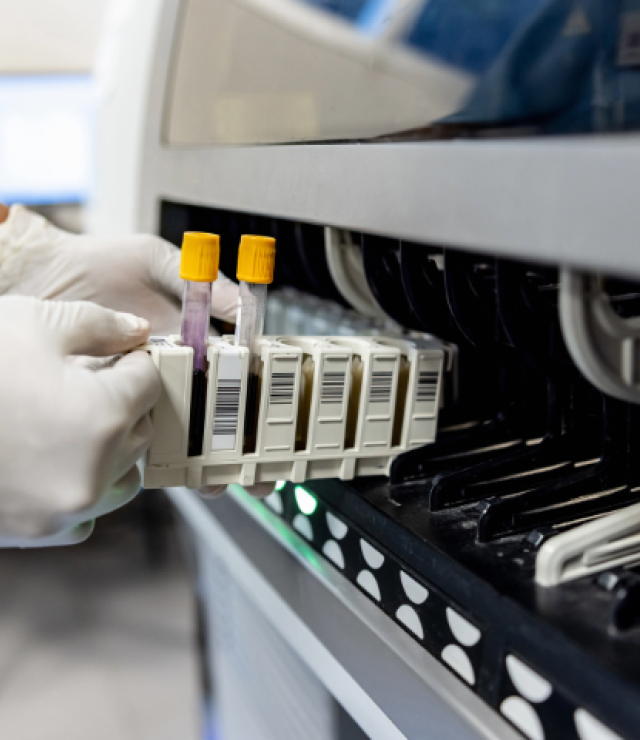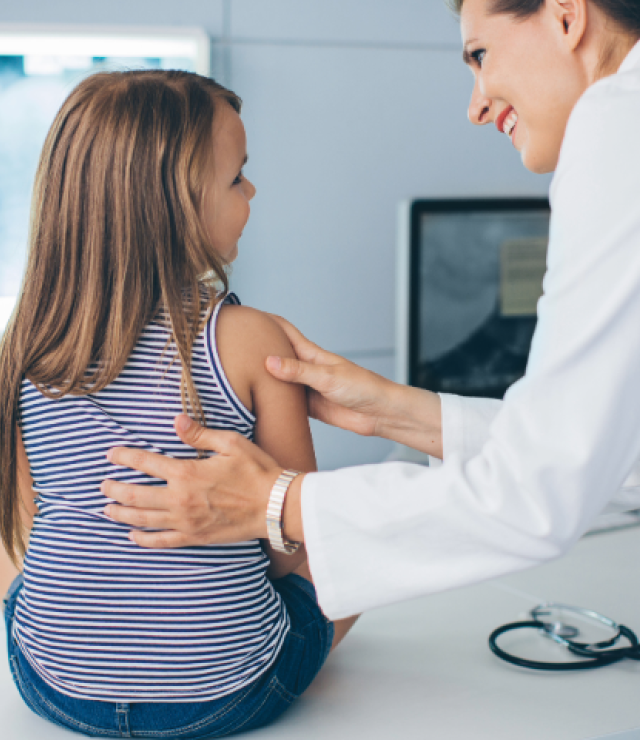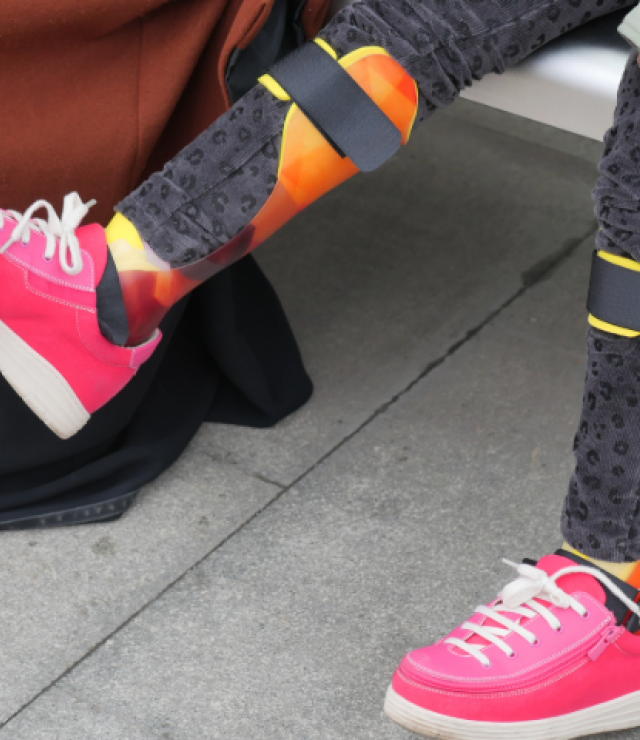
Research Projects
Displaying 1 - 10 of 266

Pediatric Modular Exoskeleton for Gait
In this project, we will design and development an assistive exoskeleton to address gait impairments in children with cerebral palsy (CP) that will be adaptable to their growth and changing needs.
Research Project

Markerless Motion Capture for Spasticity Management
In this project, we will extend our markerless motion capture (MMC) system to children with cerebral palsy (CP).
Research Project

Genetic and Epigenetic Biomarkers for Personalized Rehabilitation
In this project, we will collect blood samples to analyze the DNA of children with cerebral palsy (CP).
Research Project

Spinal Stimulation and Muscle Growth Drug for Movement Training
In this project, we will test if a type of gentle electrical stimulation to the spine, called transcutaneous spinal cord stimulation (tSCS), can help improve movement, walking, balance, and muscle control in children with cerebral palsy (CP).
Research Project

Smart Ankle-Foot Orthosis and Muscle Growth Drug for Gait
In this project, we will determine the benefits of an at-home training protocol utilizing a smart ankle-foot orthosis (AFO) on walking outcomes in children with cerebral palsy (CP).
Research Project

Modulating stimuli intensity to improve clinical outcomes in aphasia treatment
We are conducting a research study that will help us understand how to better schedule speech and language therapy. The therapy can be done from home on either your personal computer or laptop that we will lend to you.
Research Project
HCBS Policy Briefs
Research Project

Development and Assessment of SCIMS cUTI Consensus Guidelines
Research Project
INside the OUTcomes: A Rehabilitation Research Podcast
Research Project
"I Was A Wheelchair Kid"
Research Project